Why Scott Pilgrim Takes Off Is the Best Reboot Ever Made
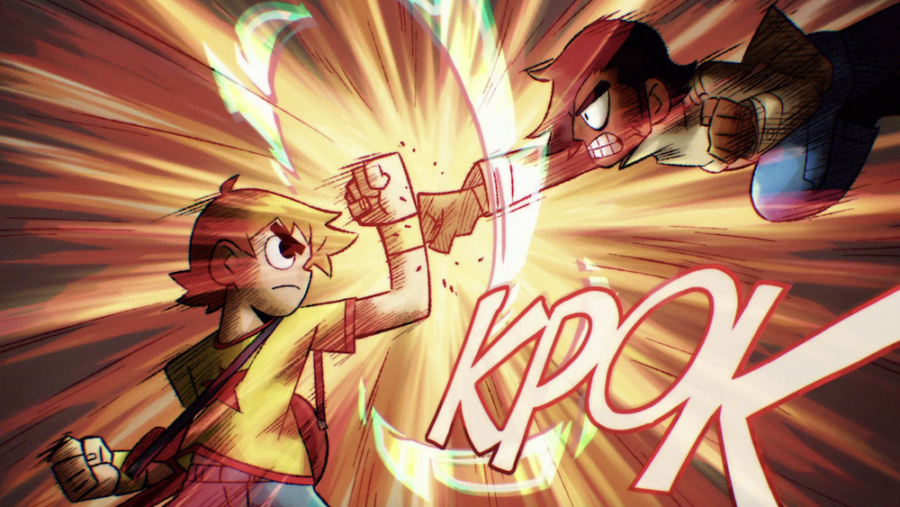
The Scott Pilgrim franchise is no stranger to adaptations: the indie comic originally created by Bryan Lee O’Malley has been transformed into a video game, a film, and most recently, an anime series called Scott Pilgrim Takes Off.
The series has most of the main stars from the film reprising their roles, but the series is ultimately much more of a reboot than another retelling of the same old story.
And just as Scott Pilgrim is the best fighter in the province, this unassuming Netflix anime series just quietly became the best reboot ever made…don’t mind the spoilers as we explain exactly why that is.
Subverting Expectations Done Right
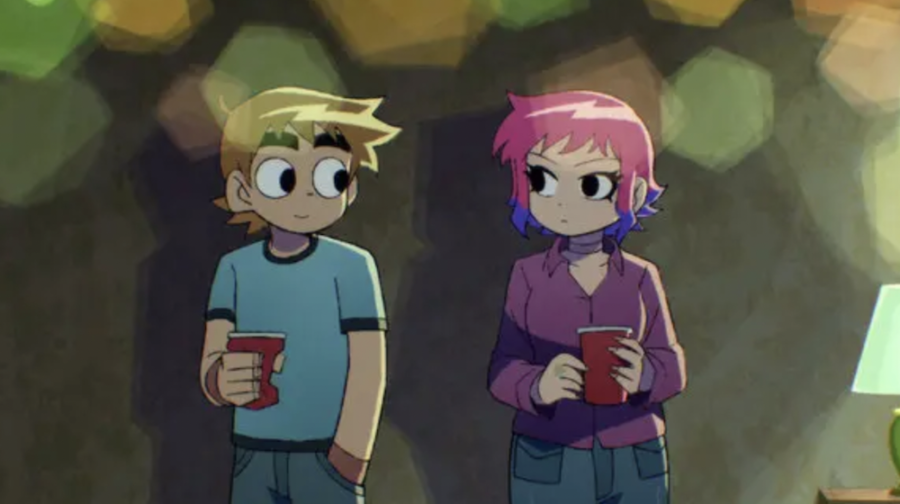
Hang around genre fan groups long enough and you’ll hear fans use the term “subverted our expectations” sarcastically.
There are many reasons for this, but the general uptick in this sarcastic expression can be traced back to Rian Johnson’s controversial Star Wars sequel film The Last Jedi.
That movie (a sequel to a film that was a soft reboot of the franchise) constantly tried to zig when we expected it to zag, but that wasn’t enough to keep it from falling flat on its face for many fans.
Scott Pilgrim Takes Off manages to subvert expectations the right way by giving us a dramatically different story in which the characters remain true to themselves.
When Scott Pilgrim Is Out Of The Picture
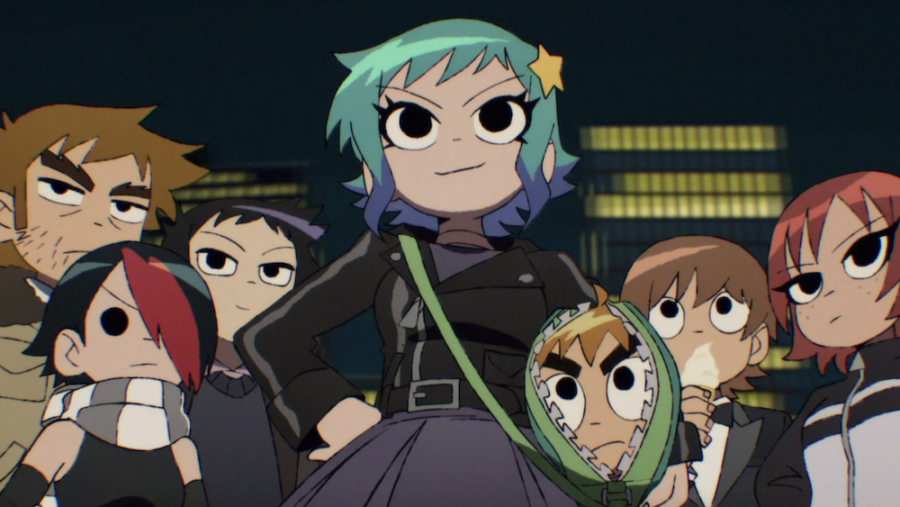
There is no “Luke throws away the lightsaber” moment in this show: instead, characters that once hyper-fixated on Scott (out of either love or hate) must figure out what they will do when he is (mostly) out of the picture.
After binge-watching these eight episodes, we’re left with the pleasant feeling of having watched a kind of “what if” story that still respected both characters and fans, which is certainly more than the Star Wars sequels can say.
Perfectly Preserving An Iconic Aesthetic

We hate to keep bashing on a galaxy far, far away, but just as Scott Pilgrim Takes Off managed to avoid the sins of the Star Wars sequels, it managed to avoid one of the bigger sins of the prequels as well.
No, we’re not talking about that wooden writing, although the new anime does have top-notch dialogue throughout. Instead, what we’re talking about is the show’s willingness to preserve the amazing aesthetic of the Scott Pilgrim franchise, something the Star Wars prequels refused to do.
All Scott Pilgrim Titles Are Connected
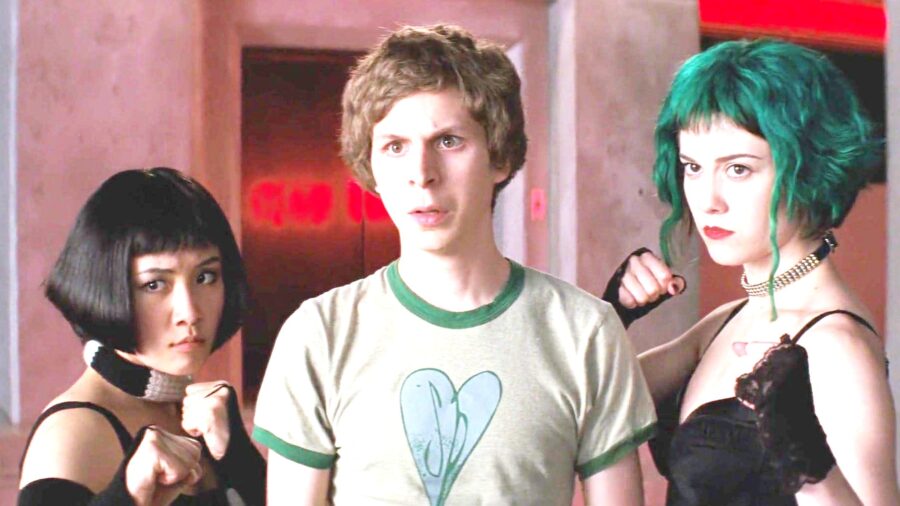
For example, the original comics were steeped in video game references, and the movie helped build on that through nice touches like adding the Ocarina of Time’s Fairy Fountain theme to one of Scott’s dreams.
Scott Pilgrim Takes Off continues this in a wonderfully organic way: character conflicts occasionally play out like Street Fighter battles, and Scott gets a glimpse of his future by ironically peering into a loving homage to the Nintendo Virtual Boy (just two fun examples).
In short, the comic, film, game, and now series have a shared aesthetic that never jars fans like the transition into the squeaky-clean world of the Star Wars prequels did.
A Story With Something To Say
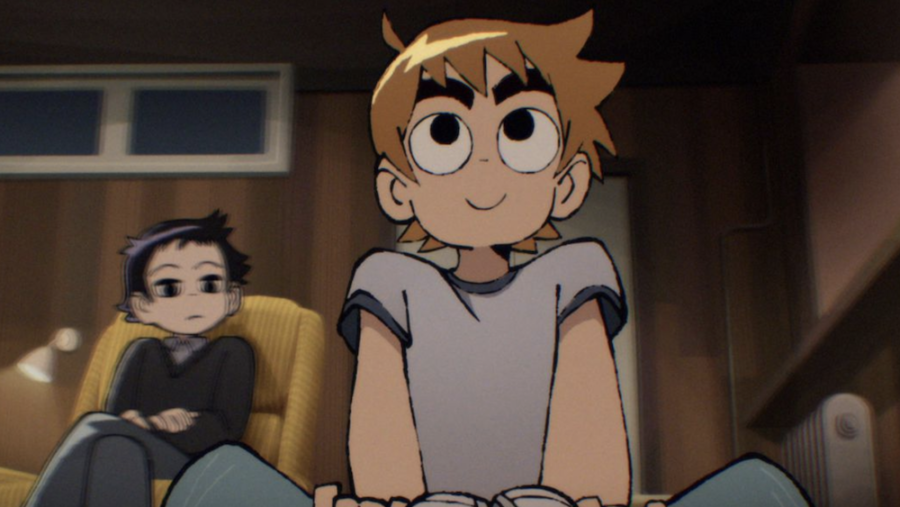
We don’t want to speculate too much about franchise creator Bryan Lee O’Malley’s personal life, but one of the things that adds a level of sublime melancholy to all of Scott Pilgrim Takes Off’s whimsy is that O’Malley seems to be reflecting on the previous love of his life.
If you don’t know, he based Ramona Flowers partially on his ex-wife Hope Larson, and some of Scott and Ramona’s love life is based on their real-life dates (for example, having a first date at Toronto’s Hill Crest Park).
Sadly, O’Malley and Larson eventually got divorced, and it’s almost impossible not to read the finale of Scott Pilgrim Takes Off as his meditation on what went wrong.
Future Timelines
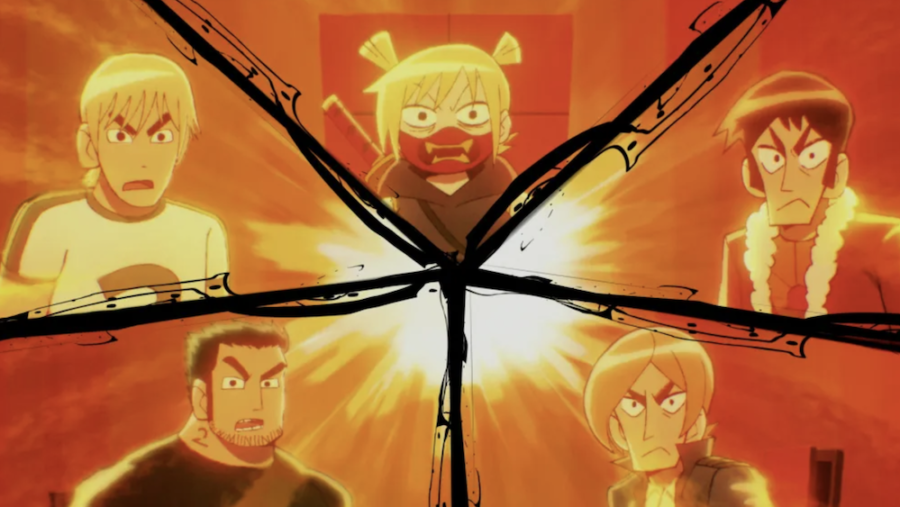
In the future timeline of the show, Scott and Ramona break up after about 12 years of marriage; in real life, O’Malley and Larson were together for 12 years (they dated for two years and were then married for about a decade).
Future Scott at first blames Ramona for their relationship falling apart, but we eventually learn the sadder truth: he effectively checked out on their romance after they hit a single rough patch and wouldn’t so much as text her back.
O’Malley has insisted he doesn’t see himself in his creation, but seeing Scott’s relationship with Ramona disintegrate because of a cowardly inability to communicate certainly feels like harsh recrimination.
Scott Pilgrim Takes Off Has Grown Up
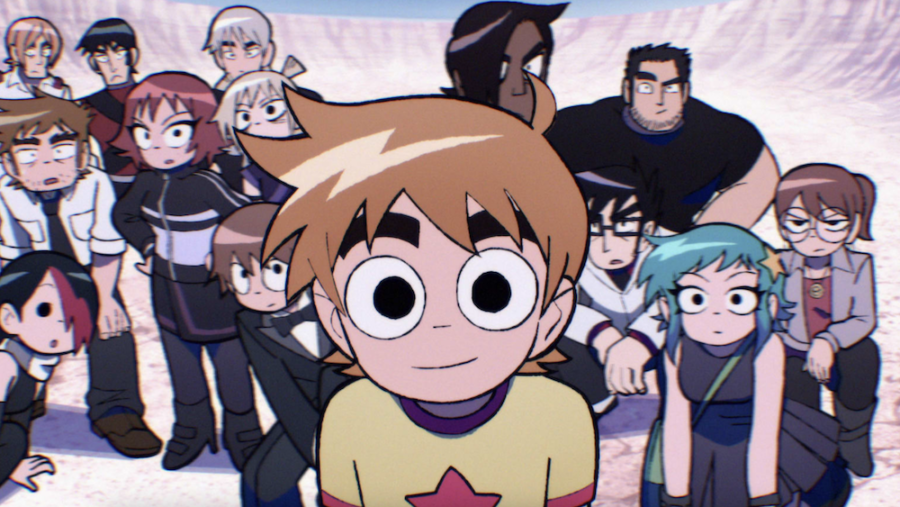
Fortunately, not all of the introspection in Scott Pilgrim Takes Off is quite so gloomy, and that’s mostly thanks to the evil exes.
Originally, they were created as one-note villains with a similarly one-note premise: they were obstacles that Scott would have to defeat in order to win Ramona’s love like a kind of prize.
In the anime, the older, more reflective O’Malley gives Ramona plenty more agency while exploring these villains as fascinating characters in their own right, and this showcases how the franchise (unlike countless other geek chick franchises) has grown up right alongside its legendary creator.












